1. Amur Leopard
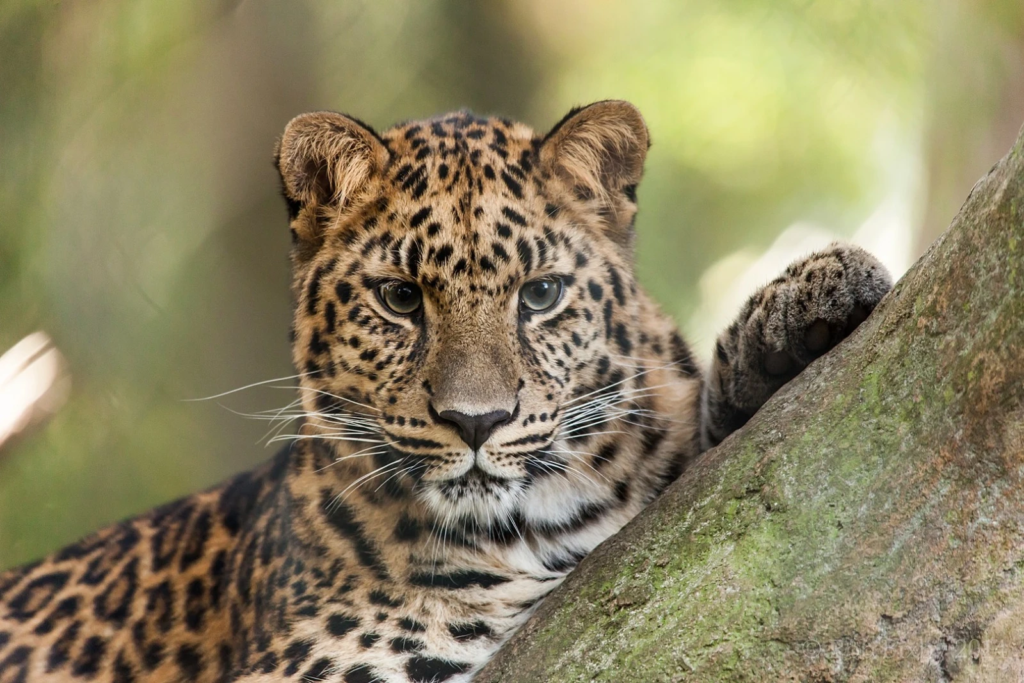
Animalia
Native to the forests of Russia and northeastern China, the Amur leopard is one of the world’s rarest big cats, with fewer than 100 individuals remaining in the wild. Deforestation, illegal logging, and poaching have decimated their habitat and reduced their food sources. This once widespread predator now struggles to survive in fragmented landscapes, as human expansion continues to encroach on their territory. Conservation efforts are underway, but the Amur leopard remains critically endangered, facing an uncertain future unless further protective measures are implemented.
2. Vaquita

Animalia
The vaquita, a small and shy marine mammal native to the northern part of the Gulf of California, is one of the world’s most endangered species, with only around 10 individuals remaining. The primary threat to this species is entanglement in illegal gillnets used for fishing totoaba fish. Despite conservation efforts and bans on gillnetting, illegal fishing continues to put the vaquita at risk. With its population plummeting, experts warn that the vaquita could become extinct in the wild within the next few years if these threats aren’t eradicated.
3. Sumatran Orangutan

Animalia
The Sumatran orangutan, found only on the Indonesian island of Sumatra, is critically endangered with fewer than 14,000 individuals remaining. Habitat destruction from illegal logging, palm oil plantations, and human encroachment has led to a dramatic loss of their natural rainforest homes. These intelligent primates are also threatened by poaching and illegal pet trade, which further endanger their survival. With their habitat rapidly shrinking and human activity intensifying, the Sumatran orangutan’s future is grim unless conservation efforts are bolstered to protect both the species and its habitat.
4. Javan Rhino
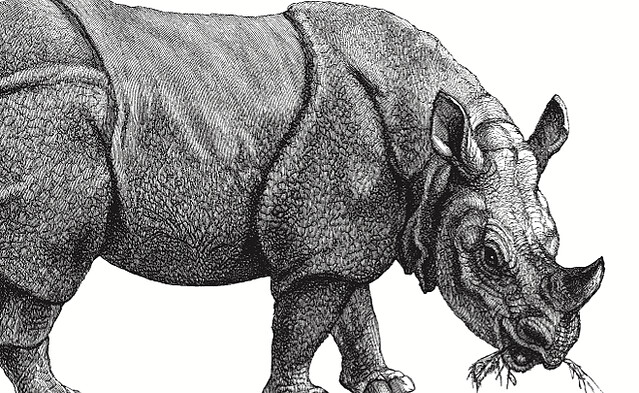
Flickr
The Javan rhinoceros once roamed across Southeast Asia, but today, it is confined to a single protected area in Ujung Kulon National Park in Indonesia. With fewer than 75 individuals remaining, the Javan rhino is critically endangered due to habitat destruction, poaching, and the threat of natural disasters like volcanic eruptions. The population’s small size and limited range make the species highly vulnerable to extinction. Despite concerted conservation efforts, the Javan rhino’s future remains uncertain, and its continued survival depends on maintaining its fragile habitat and preventing human encroachment.
5. Yangtze Giant Softshell Turtle
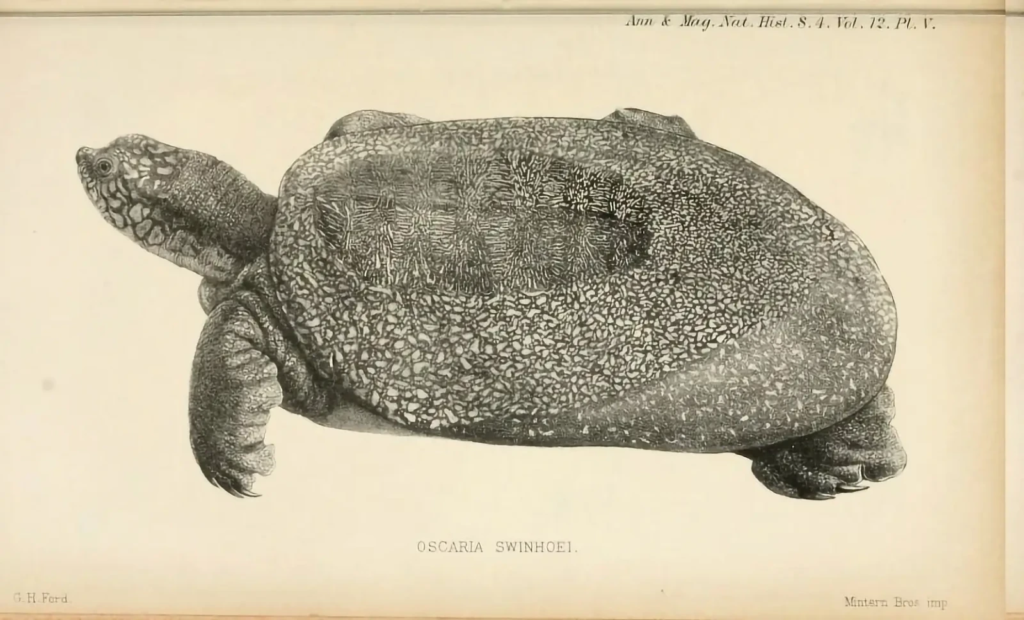
Animalia
The Yangtze giant softshell turtle is one of the world’s rarest reptiles, with only three known individuals left—two in captivity and one in the wild. Habitat destruction, pollution, and hunting have decimated their numbers. The Yangtze River, once home to this species, has been severely impacted by human activity, leading to a drastic decline in suitable habitats. Conservationists have attempted to breed the remaining turtles in captivity, but the chances of saving the species are dwindling. Without immediate action, this species is at risk of being lost forever.
6. Sunda Pangolin

Animalia
The Sunda pangolin, found across Southeast Asia, is one of the world’s most trafficked animals due to its scales, which are used in traditional medicine and as luxury items. With their population plummeting, Sunda pangolins are now critically endangered. Habitat destruction from logging and agriculture, combined with illegal poaching, has pushed this solitary mammal to the brink of extinction. Despite conservation efforts, including stricter laws and protection initiatives, pangolins continue to be targeted by poachers. Without stronger enforcement and more widespread awareness, this unique species may soon vanish.
7. Saiga Antelope
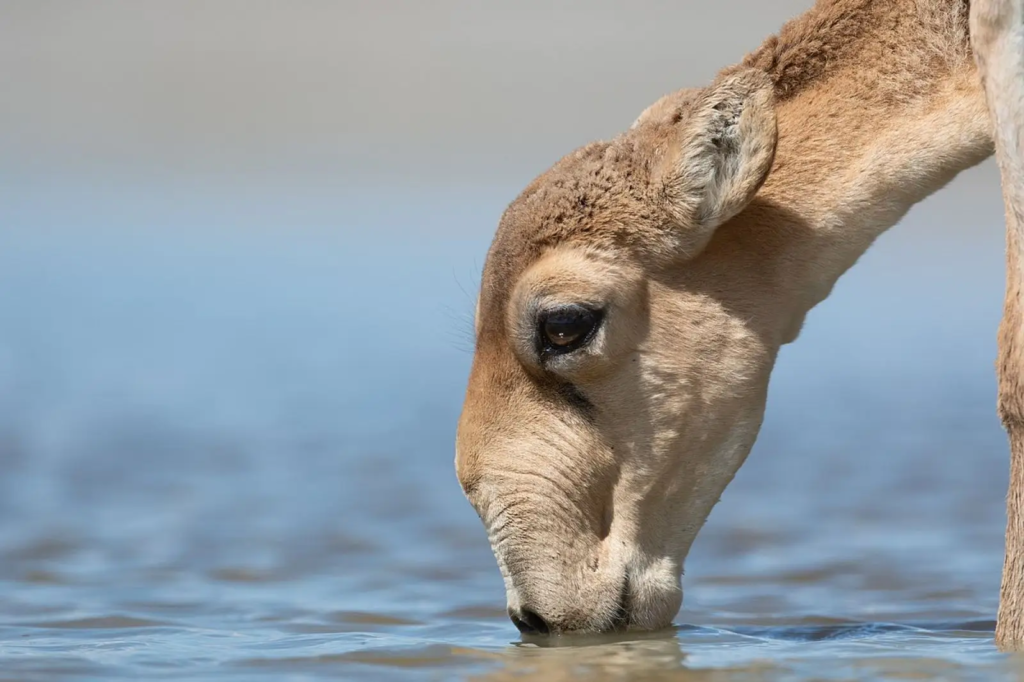
Animalia
The saiga antelope once roamed across the Eurasian steppes, but its population has plummeted by over 90% in recent decades due to habitat loss, poaching, and disease outbreaks. A particularly devastating die-off in 2015, which killed nearly half of the global population in just a few weeks, has left the species struggling to recover. Despite ongoing conservation efforts, the saiga remains critically endangered, with fewer than 150,000 individuals remaining. If poaching and habitat destruction aren’t curbed, the future of this once abundant species looks bleak.
8. Hawksbill Sea Turtle

Flickr
The hawksbill sea turtle, known for its striking shell, is critically endangered, primarily due to illegal hunting for its beautiful shell. Alongside poaching, climate change, habitat destruction, and pollution also threaten their survival. Coral reef destruction and the loss of nesting sites are significant contributors to the species’ decline. Hawksbill turtles are also vulnerable to entanglement in fishing gear and ingesting plastic. With fewer than 25,000 nesting females remaining, the hawksbill’s continued existence depends on global conservation efforts, stricter enforcement against poaching, and habitat restoration.
9. Mountain Gorilla
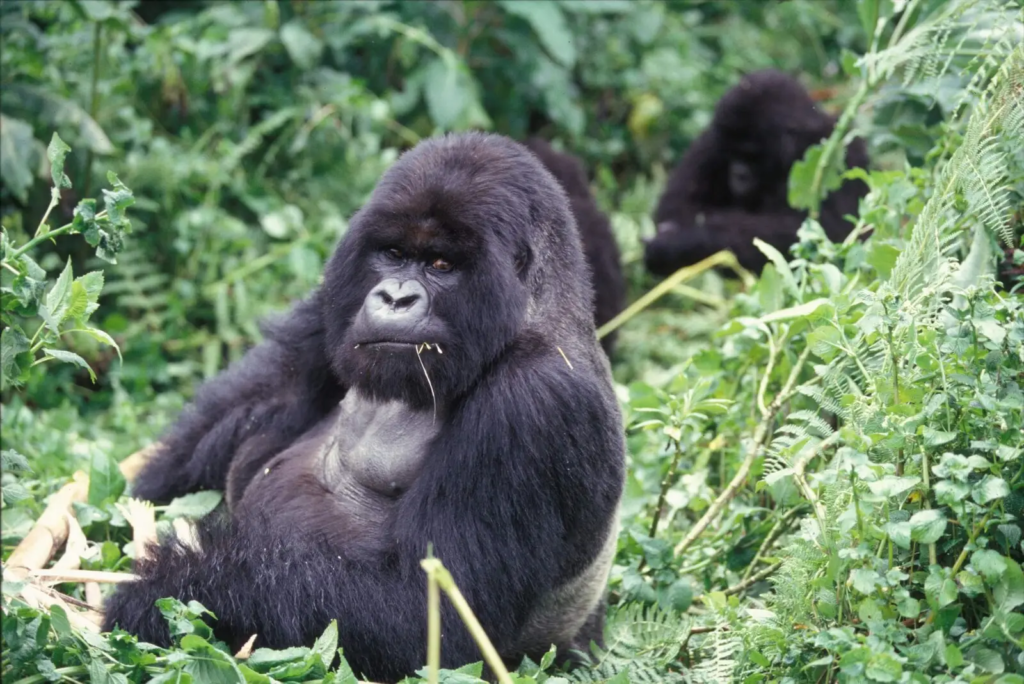
Animalia
Mountain gorillas, native to the dense forests of central Africa, have seen a modest population recovery thanks to concerted conservation efforts. However, they remain critically endangered, with fewer than 1,000 individuals left. Habitat loss due to agricultural expansion, human-wildlife conflict, and poaching have severely impacted their survival. While protective measures in national parks have helped reduce poaching, the mountain gorillas still face dangers from disease, human encroachment, and climate change. Without continued conservation efforts, this iconic species could once again face severe population declines.
10. Kakapo

Animalia
The kakapo, a flightless parrot native to New Zealand, is one of the world’s rarest birds, with only about 250 individuals remaining. The species was decimated by introduced predators like rats and stoats, which wreaked havoc on the kakapo population. Efforts to save the species include a rigorous captive breeding program and a predator-free sanctuary. While the kakapo is making a slow recovery, it remains critically endangered. Continued vigilance is needed to ensure that the remaining population thrives and the species is not lost to history.
11. California Condor
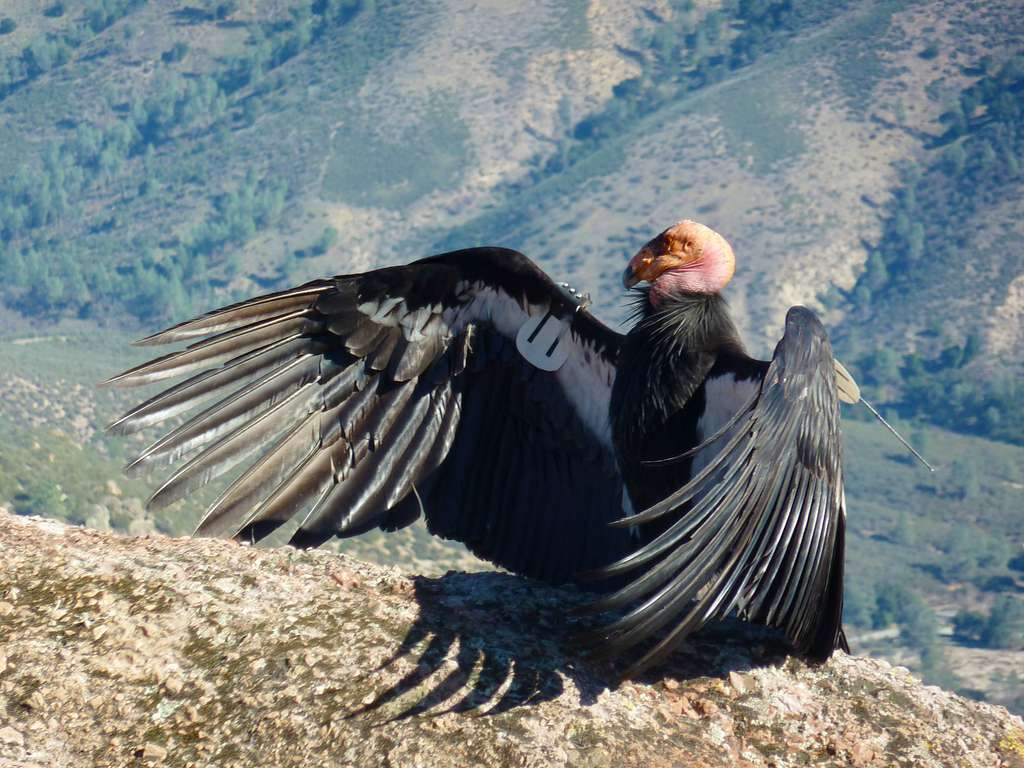
PICRYL
Once on the brink of extinction, the California condor has seen some recovery through captive breeding and reintroduction programs. However, it remains critically endangered, with fewer than 500 individuals in the wild. Habitat destruction, lead poisoning from ingesting spent ammunition, and poaching remain constant threats to the condor’s survival. Despite efforts to eliminate lead poisoning and other threats, the California condor’s future is still fragile. Ongoing conservation programs, such as the lead ammunition ban and captive breeding efforts, are crucial to the species’ continued recovery.
12. Tapanuli Orangutan

Animalia
The Tapanuli orangutan, discovered only in 2017, is the world’s newest and rarest great ape species, with fewer than 800 individuals remaining. The primary threats to this critically endangered species include habitat loss from illegal logging and palm oil plantations, as well as human-wildlife conflict. Their range is limited to the Batang Toru ecosystem in Sumatra, Indonesia, making them particularly vulnerable. Stronger conservation efforts, habitat protection, and a crackdown on illegal activities are essential to securing the survival of the Tapanuli orangutan.


